Last Updated on December 10, 2023 by Marian Jones
Bienvenue à Toulouse: welcome to Toulouse. Toulouse often tops the polls when the French are asked where they would most like to live and no wonder! This lovely ‘ville rose’, (pink city) is famed for its grand main square and tiny ancient streets, its troubadour history and UNESCO world heritage status and its southern-French-with-a-little- twist-of-Spanish vibe. This introductory post brings you information to help you get your bearings and pick up the basic facts which underpin everything. See below for reading ideas, useful links and a full list of the posts in the Toulouse series.
Get your bearings
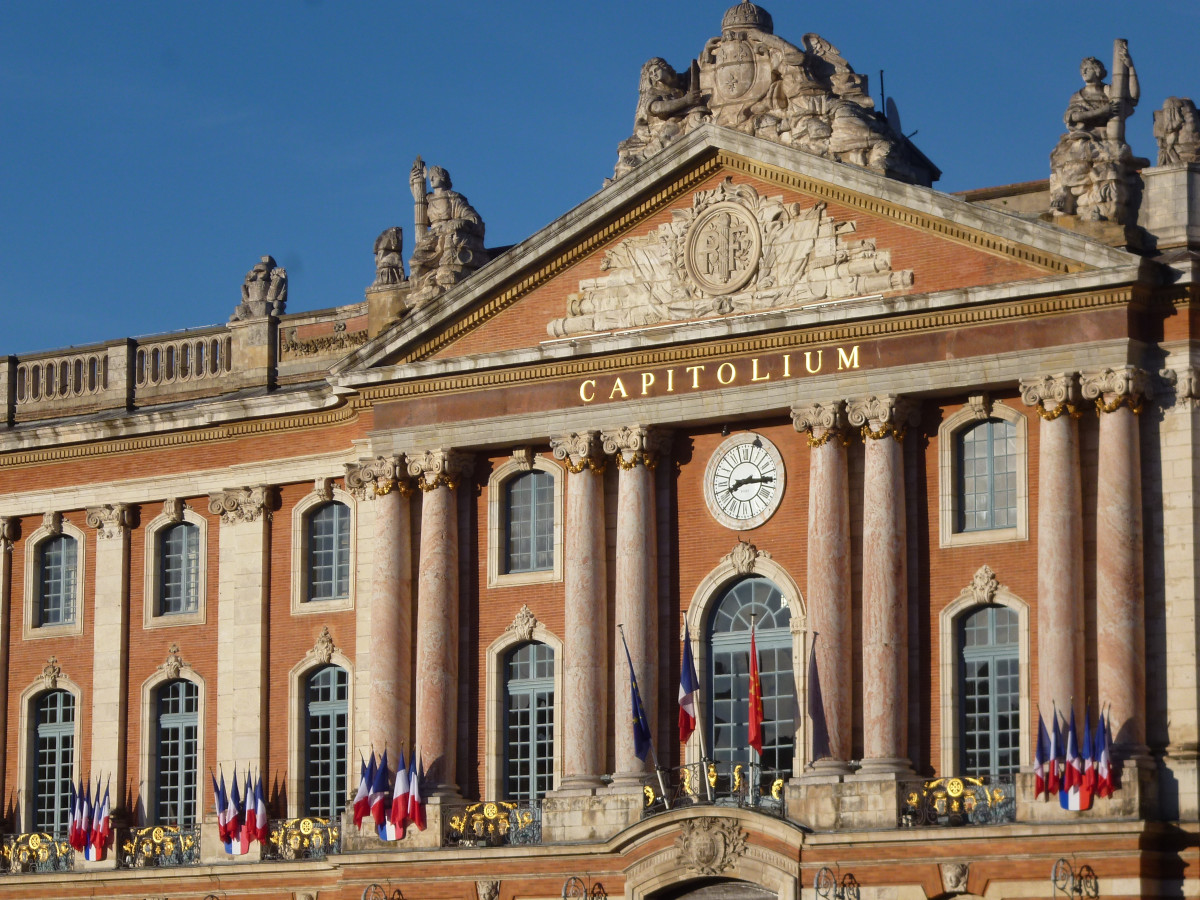
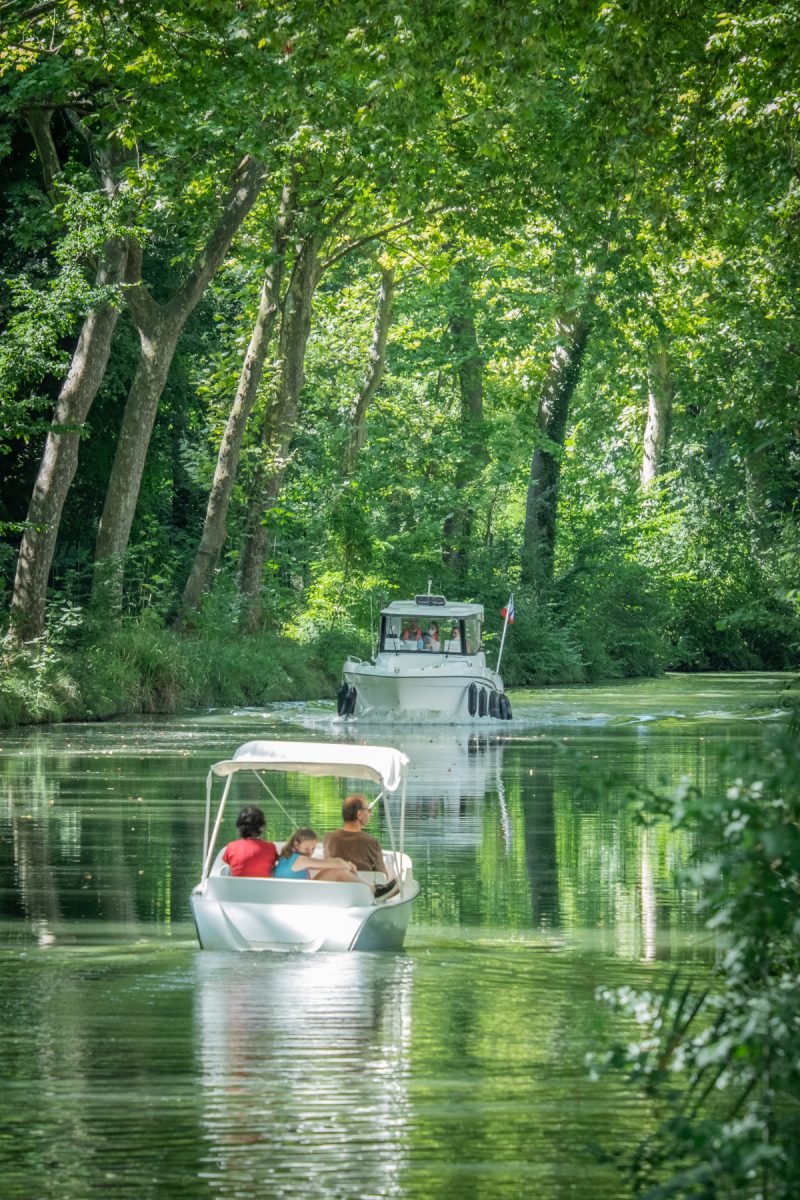
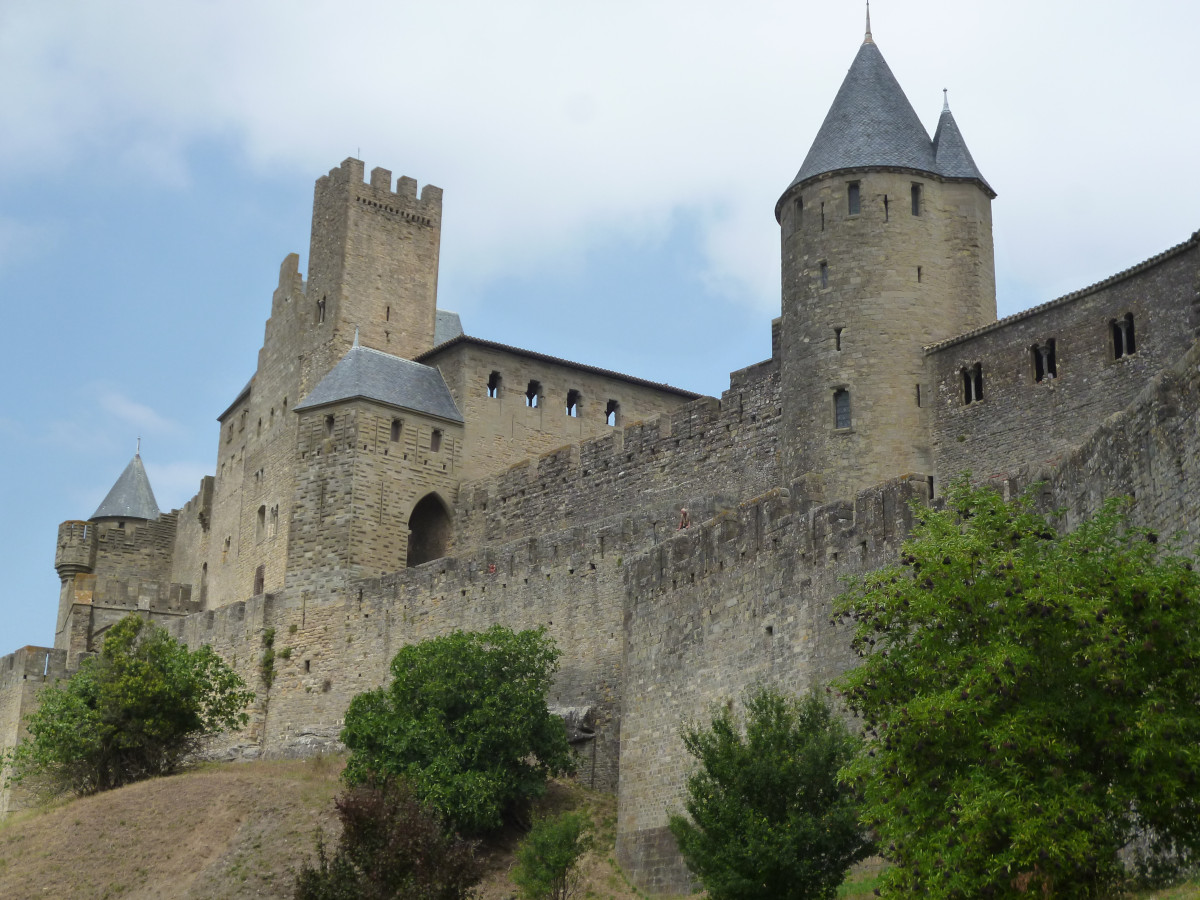
Situated in southern France, between the Pyrenees and the sea, Toulouse is the capital of the Occitanie region. It’s characterised by pretty hillsides and by castles and vineyards. It has access to both the Atlantic and the Mediterranean, and the lovely Canal du Midi – which connects the two – runs right through it. The area has long been influenced by its proximity to Spain, dating back to the days when Toulouse was an important stopping point on the pilgrims’ route from Rome to Santiago de Compostela. Near to Toulouse, and featuring in a future post, are Albi, with its Toulouse-Lautrec connections and the medieval fortified city of Carcassonne, France’s most-visited tourist venue outside Paris.
Toulouse is France’s 4th largest city, situated on the River Garonne and famous as France’s ‘ville rose’, referring to the colour of its many redbrick buildings at dawn and sunset. The centre of the city is indisputably the Place du Capitole, a huge square dominated by the pink-columned Capitole building dating from the 1750s. North of the square is the university district and the UNESCO World Heritage Site of St Sernin church. The medieval streets fan out to the south and west. Toulouse is a relaxed city, with a pedestrianised riverside area and many parks, most notably the Botanical Gardens (‘Jardin des Plantes’) and the riverside Prairie des Filtres. It’s been described as a ‘city of pink hues, with an undercurrent of gaiety’!
Early history: Troubadours and troubles


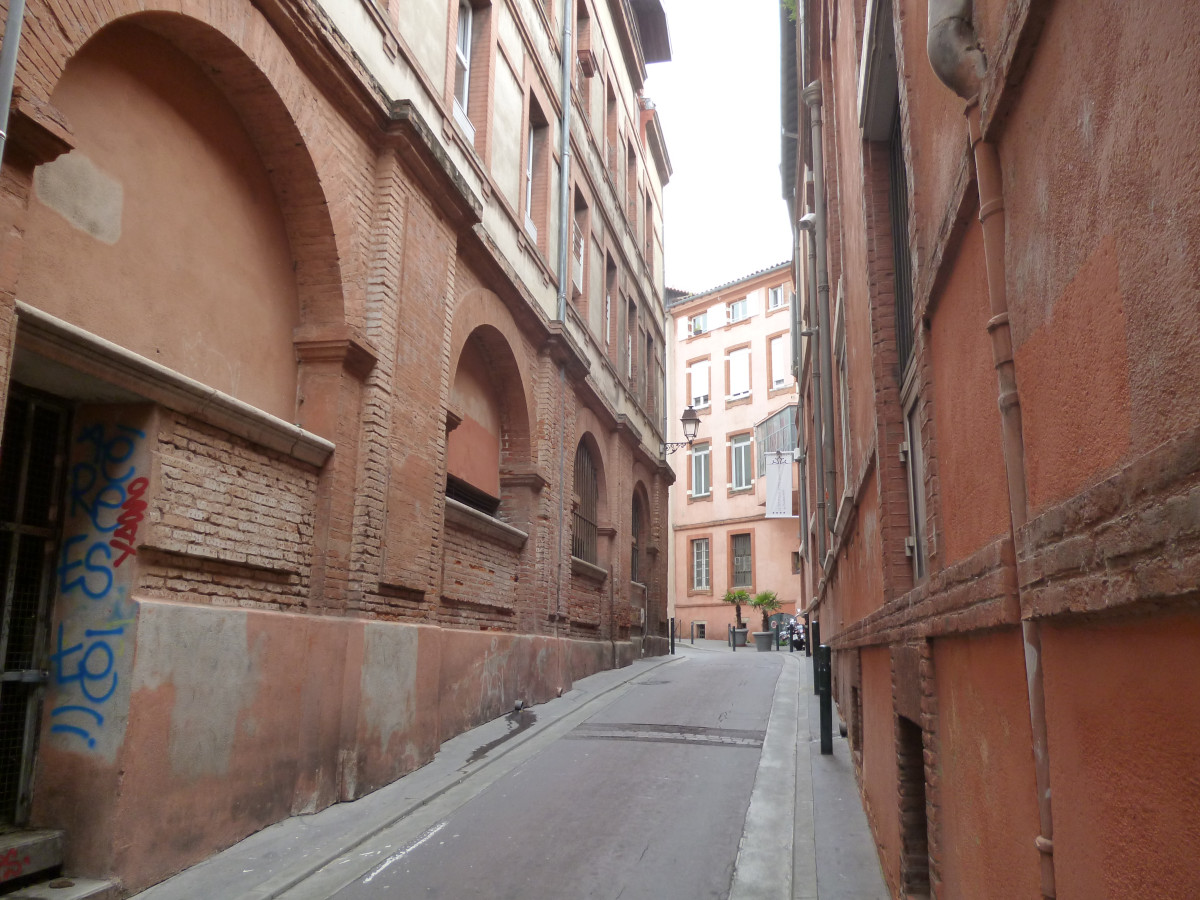
After the Celts, Romans, Visigoths and the era of Charlemagne, Toulouse flourished in the 12th century as a city of troubadours, churches and pilgrims, some of whom stopped here en route to Santiago de Compostela and never left. Medieval Toulouse was marked by religious struggles. The city itself was catholic, and although many tolerated the Cathars of the region, the pope sought to destroy them and sieges and inquisitions of legendary ferocity were frequent. The 14th century brought twin devastations: the Black Death and the 100 Years War, when vicious battles were fought as the French sought to destroy English claims to sovereignty in the region. When Toulouse eventually came under the French crown in 1420, Charles VII rode in triumph through the city.
The Growth of Modern Toulouse


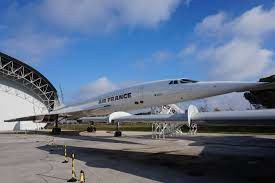
The 15th century brought wealth to Toulouse thanks to trade in woad, a plant which produced a blue dye which until then had been to hard to make. The riches from this ‘blue gold’ paid for some of the city’s most impressive mansion houses, known as ‘maisons particuliers.’ Religious unrest continued, this time between Catholics and Protestants and there is a plaque in the courtyard of the Capitole marking the execution site of the protestant royal governor Henri de Montmorency who was beheaded in 1632 for leading a revolt against Cardinal Richelieu. The Canal du Midi, begun in 1662, brought much prosperity and although it fell out of use when the railway arrived, it was revived in the 20th century and is now a major tourist feature. During the 20th century, Toulouse became a centre of aviation, the home of Airbus and lots of tech companies.
What makes Toulouse unique?
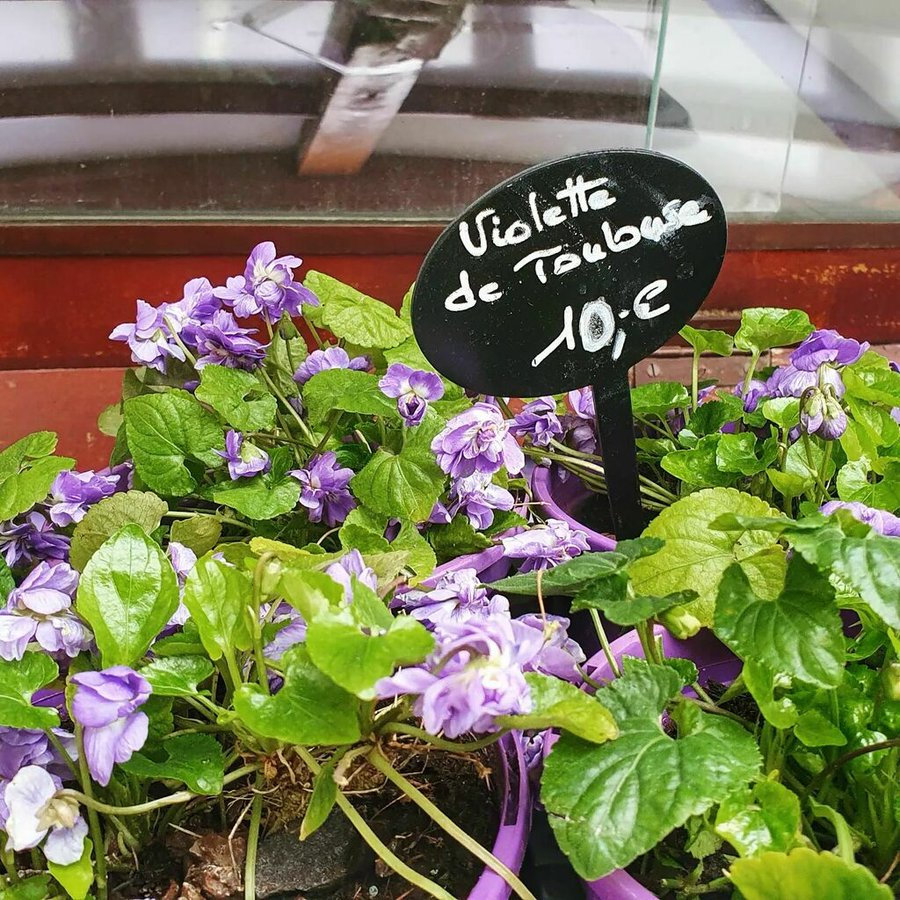
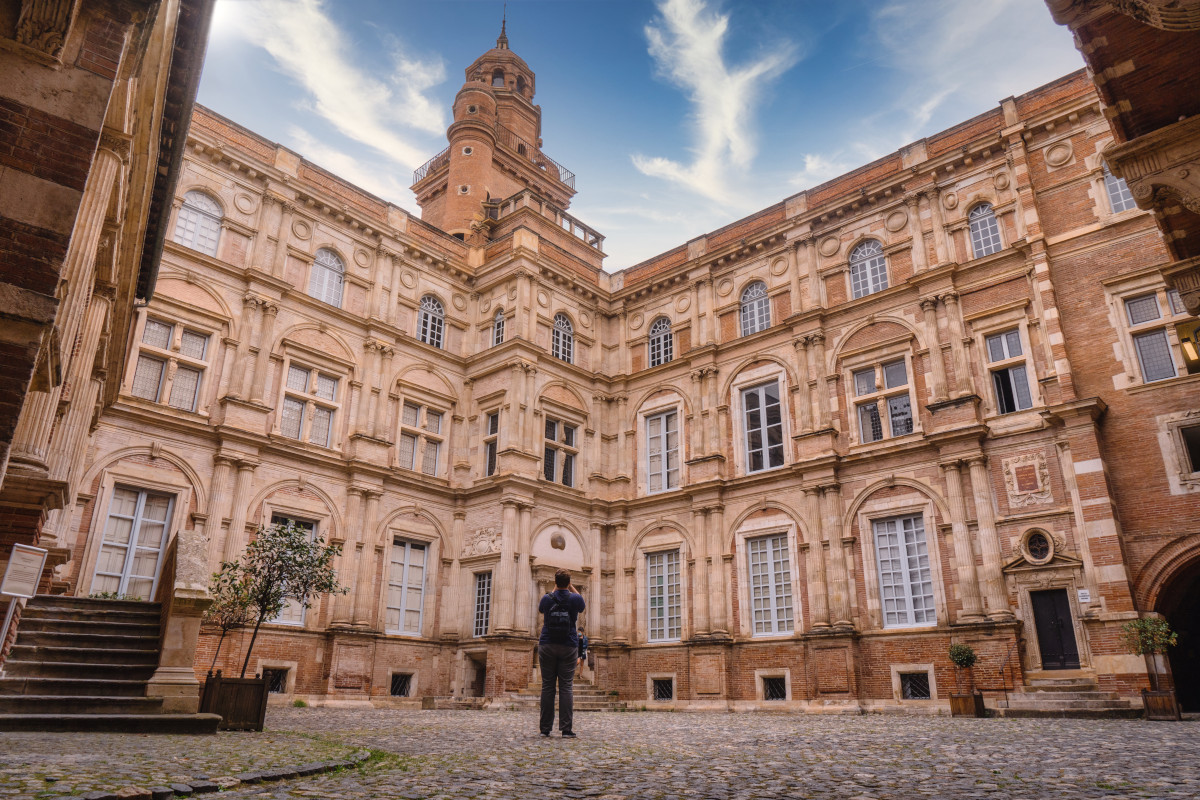
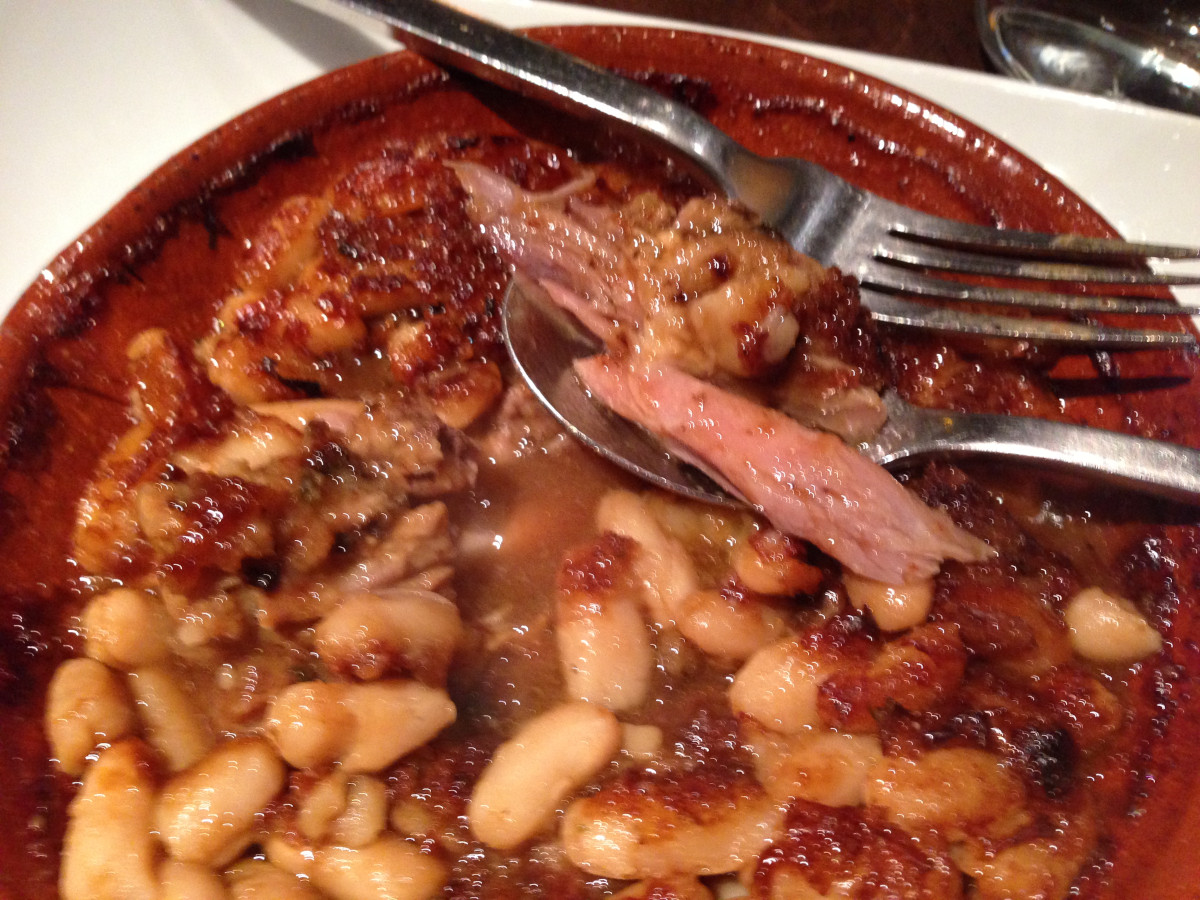
The ‘pink city’ is actually associated with three colours: the pink of its buildings, the blue of its pastel, or woad, and the violet flowers which are a symbol of the city. Look out for signs of its Occitan heritage, such as the Cross of Occitan engraved huge on the Place du Capitol and found too on road signs and tourist posters. Toulouse is a lively city, as you’d expect for one with 100,000 students and has a reputation for feistiness, exemplified by its role as a centre for la Résistance during World War II and by its reputation for strong left-wing politics. It’s also a passionate rugby city and a centre of gastronomy, famous for its cassoulet, its sausages and the great duck-versus-goose debate. For art, for architecture, for history, for culture, Toulouse is the centre of its region.
In the next post, we’ll be visiting medieval Toulouse, looking at its two main churches and hearing tales of inquisitions and martyrdom and of troubadours and wandering minstrels. Meanwhile, we can recommend some weblinks and guidebooks which proved useful in our research. And, if you fancy doing some reading around Toulouse in all its variety, we also list below some of the best travel-writing and history books we came across while preparing the series.
Listen to the podcast
other posts in the toulouse series
Churches and Troubadours
The Capitol
The Resistance in Toulouse
9 Museums in Toulouse
Art and Architecture in Toulouse
The Canal du Midi
Carcassonne, Albi and Toulouse Lautrec
Toulouse Gastronomy
links and reading
Useful websites for tourists
Toulouse Tourist Office
Haute-Garonne Tourism
Guide to Toulouse and the Pyrénées
Four useful guidebooks
The Rough Guide to Languedoc and Roussillon
Toulouse and the Haute Garonne by B G Preston
Toulouse Travel Guide by Aaron Ellis
Cycling the Canal du Midi by Declan Lyons
Travel Writing on Toulouse and surroundings
Floating through France by April Orcutt Life Between Locks on the canal du Midi
Notes from the Languedoc and Rouissillon by Rupert Wright
Virgile’s Vineyard, A Year in the Languedoc Wine Country by Patrick Moon
Arrazat’s Aubergines: Inside a Languedoc Kitchen by Patrick Moon
A Goose in Toulouse and other Culinary Adventures by Mort Rosenbaum (only one chapter on Toulouse)
History and Biography
Toulouse-Lautrec – A Life by Julia Frey
The Lost Airman by Seth F Stevens A True Story of Escape from Nazi-Occupied France
Kill them All by Sean McGlynn Cathars and Carnage in the Albigensian Crusade






1 thought on “Episode 1: Introduction to Toulouse”